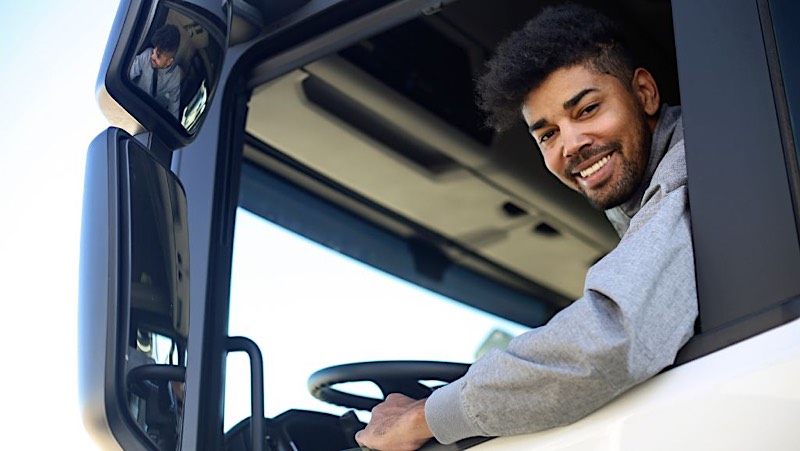 When we think about factors that increase Commercial Truck Insurance costs, we often think about accidents. And, yes, preventing accidents should be a priority if you want to lower insurance costs. Still, there is another often-forgotten factor that can also increase truck insurance costs – drivers being sedentary and staying in one position for hours on end.
When we think about factors that increase Commercial Truck Insurance costs, we often think about accidents. And, yes, preventing accidents should be a priority if you want to lower insurance costs. Still, there is another often-forgotten factor that can also increase truck insurance costs – drivers being sedentary and staying in one position for hours on end.
Not many jobs are more sedentary than driving a truck, and sitting in one position can cause several issues, from stiff muscles to back pain and more. In fact, the National Library of Medicine reports, “The prevalence of low back pain in truck drivers was 59%.”
One simple solution can help reduce the frequency of these issues - stretching before, during, and after a trip and during regular workouts. “Stretching keeps the muscles flexible, strong, and healthy, and we need that flexibility to maintain a range of motion in the joints,” according to the Harvard Medical School. “Without it, the muscles shorten and become tight. Then, when you call on the muscles for activity, they are weak and unable to extend all the way. That puts you at risk for joint pain, strains, and muscle damage.”
6 Stretching Tips for Truck Drivers
Before beginning any workout routine – including stretching, it’s always best to consult with a physician. Here are six tips to keep in mind.
- Avoid stretching cold muscles
- Understand the difference between dynamic and static stretching
- Stretch your whole body
- Breathe with your stretches
- Stretches should not be painful
- Hold your static stretches
And remember, it may have taken you months or even years to get to the point you’re at now, so don’t expect one five-minute stretching workout to work miracles. You need to continue to stretch regularly over time to achieve flexibility, relieve tension, reduce fatigue, and improve your posture. In addition, you need to continue stretching to maintain the benefits achieved.
17 Stretches for Truck Drivers
Once you’ve consulted with your physician, the following stretches can be done before you begin driving, during breaks, after you’re done driving, or during your regular workout. Hold each stretch for five to thirty seconds and do five reps at a time. If you don’t have time to do all the stretches, focus on the areas that feel the tightest.
Click here for detailed instructions and a video demonstrating each stretch.
LEG STRETCHES
- Toe Raises
- Hamstring Stretch
- Calf Stretch
- Thigh Stretch
BACK STRETCHES
- Back Extension
- Knees to Chest Stretch
SHOULDER STRETCHES
- Simmer’s Stretch
- Stretch Across
- Butterfly Stretch
- Reach for the Sky
NECK STRETCHES
- Chin Tuck
- Upper Trap Stretch
ELBOW STRETCH
- Triceps Stretch
HAND STRETCHES
- Open/Closed Fist
- Thumb Stretch
- Wrist Flexion/Extension
- Prayer Stretch
And remember, these stretches should not cause pain. If you feel pain, you may be stretching too deeply or too soon. If you feel pain, ease off the stretch and keep stretching without pushing the muscle too hard. Over time, as you become more flexible, you should be able to stretch more deeply without feeling pain.
Get Affordable Commercial Truck Insurance
American Insuring Group is committed to providing affordable truck insurance. We analyze your specific risks and needs and provide savings and safety tips (like the stretching information in this blog). Furthermore, as independent agents, we compare the cost of your coverage with multiple insurance companies to ensure that you pay the lowest premium for the right coverage.
▸ Call us today at (800) 947-1270 or (610) 775-3848, or connect with us online!



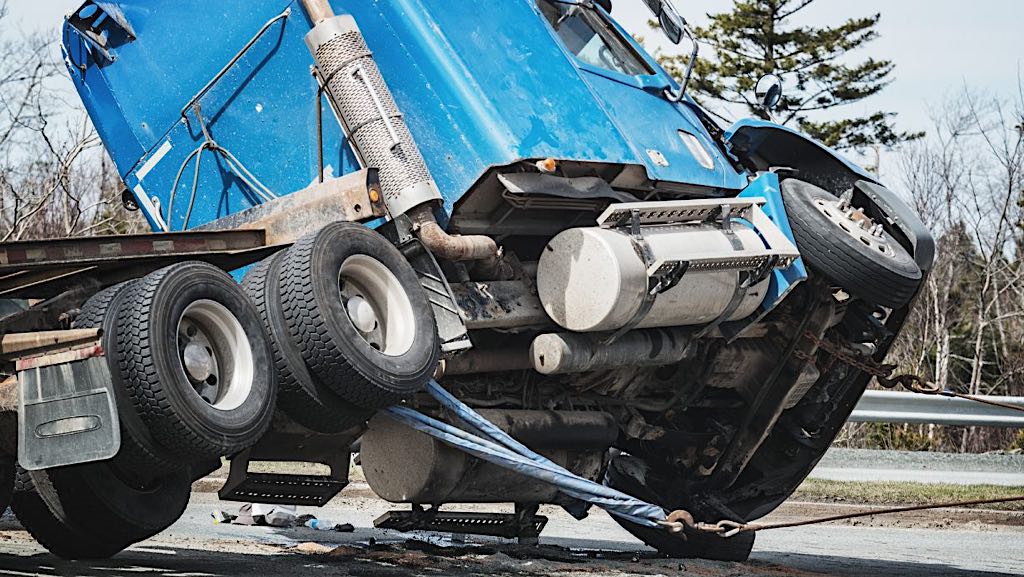 If you are or are planning to become an independent owner-operator, you must ensure that you have the right
If you are or are planning to become an independent owner-operator, you must ensure that you have the right 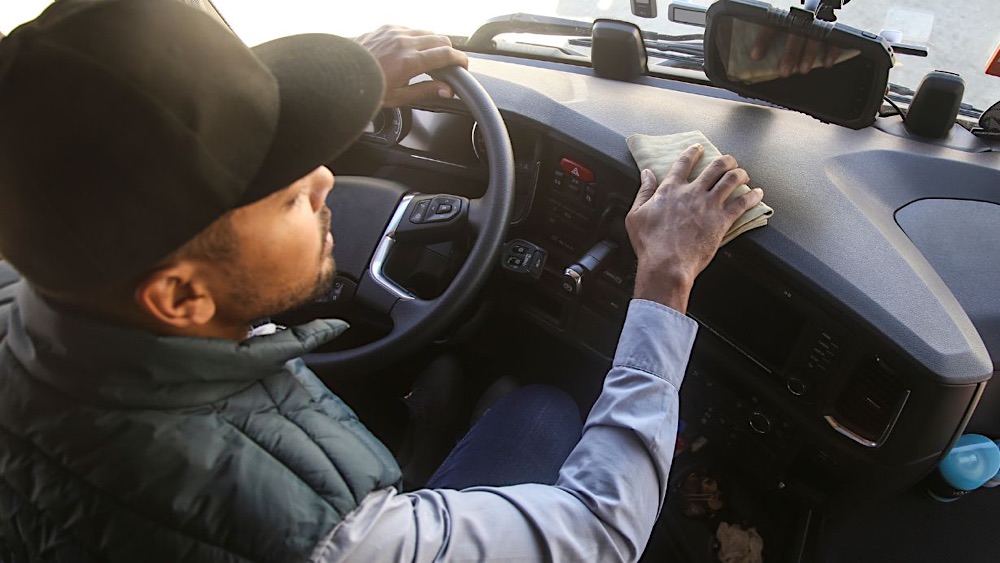
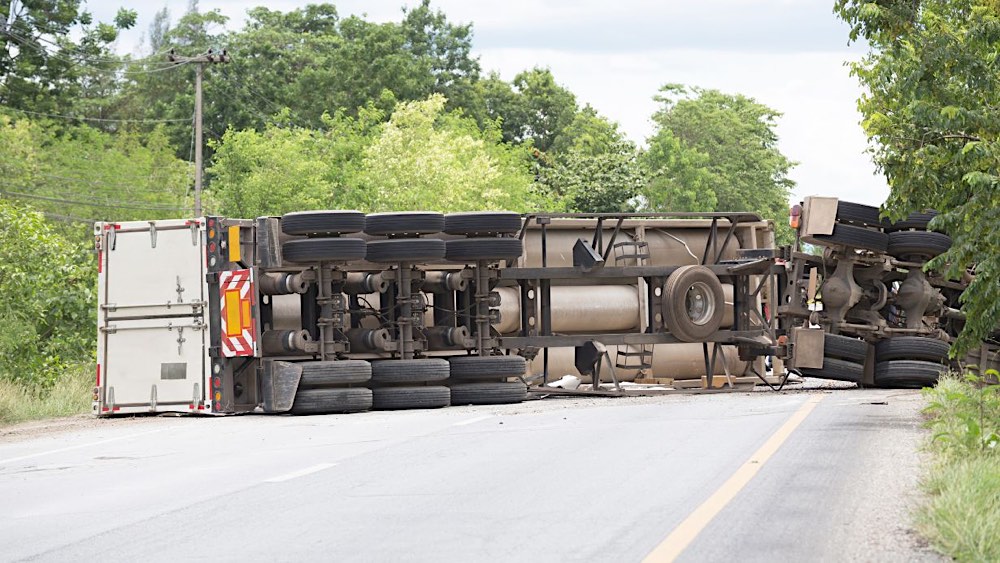
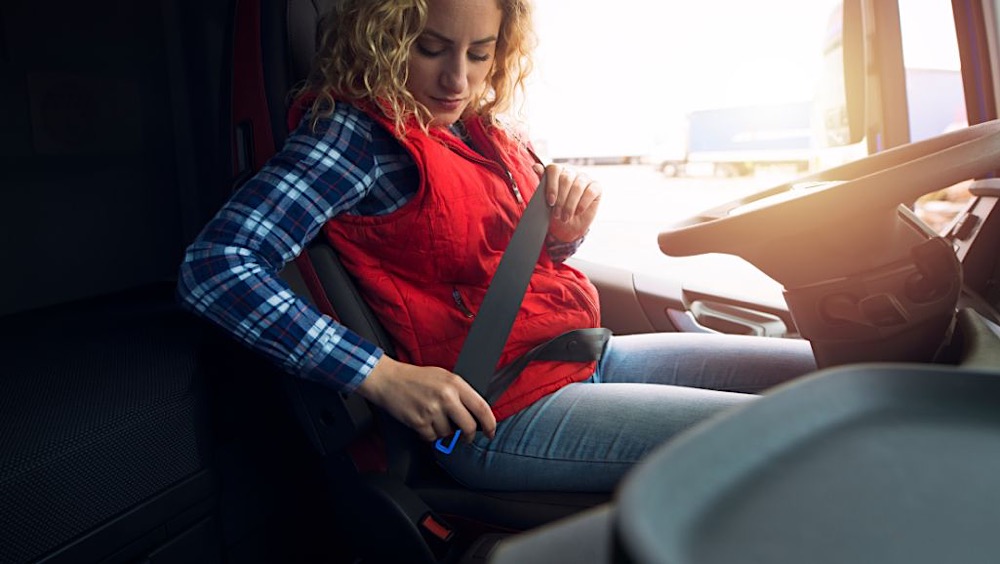 A seat belt safety program is a must if you want to keep your drivers safe and your
A seat belt safety program is a must if you want to keep your drivers safe and your  More accidents mean higher
More accidents mean higher 
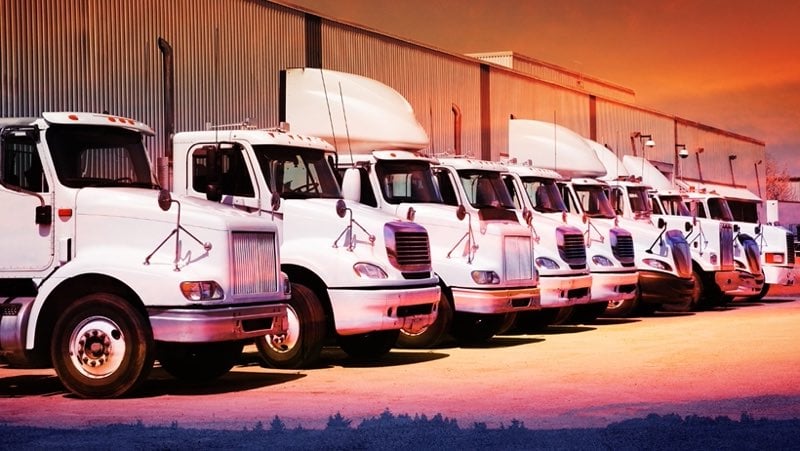

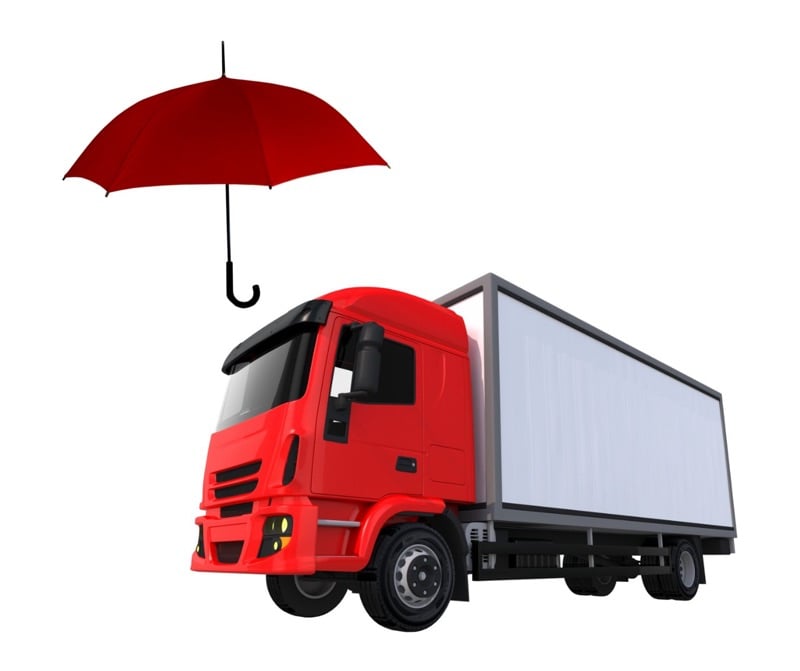 Most truck owners and fleet managers understand the importance of
Most truck owners and fleet managers understand the importance of 



